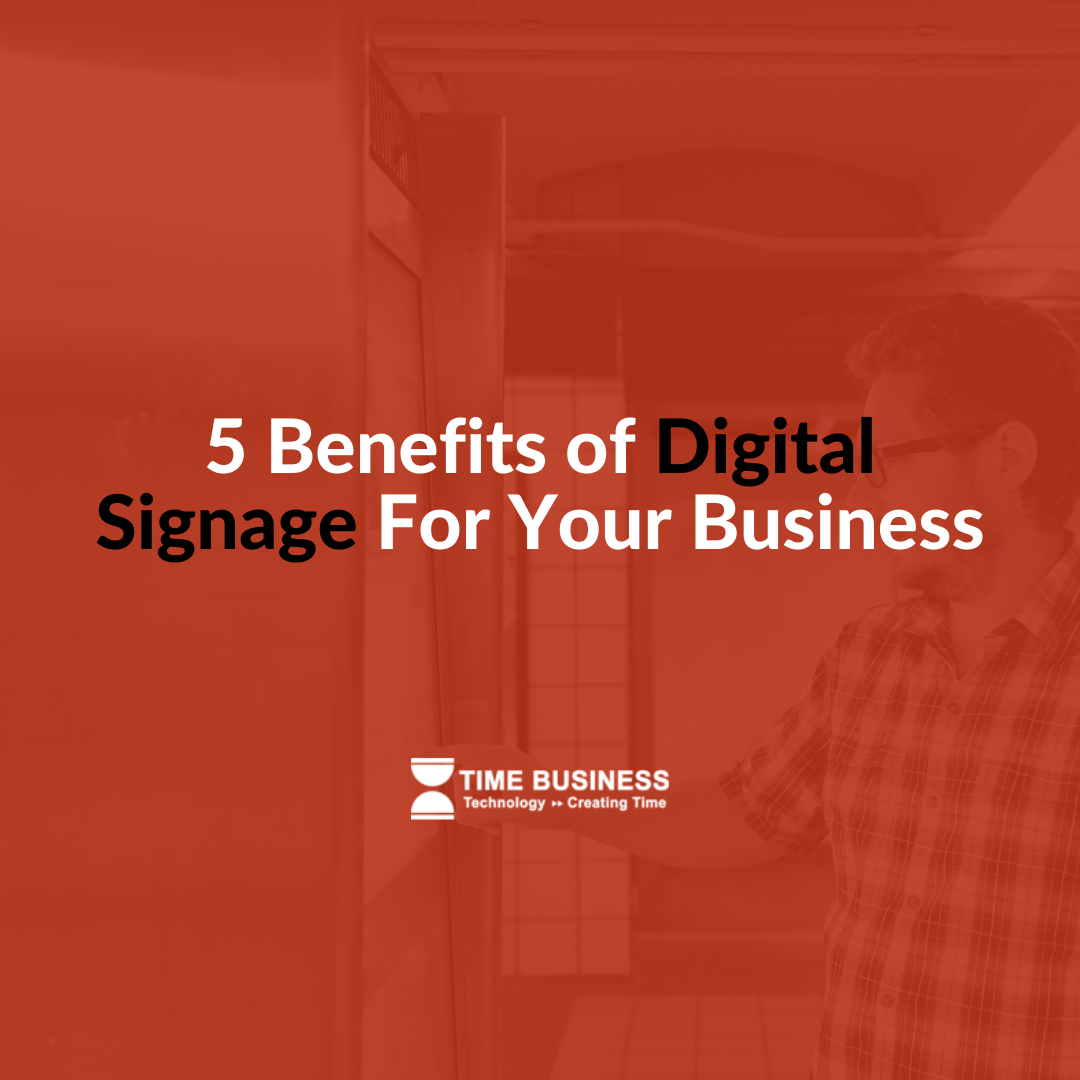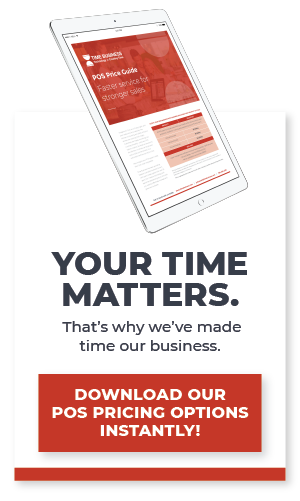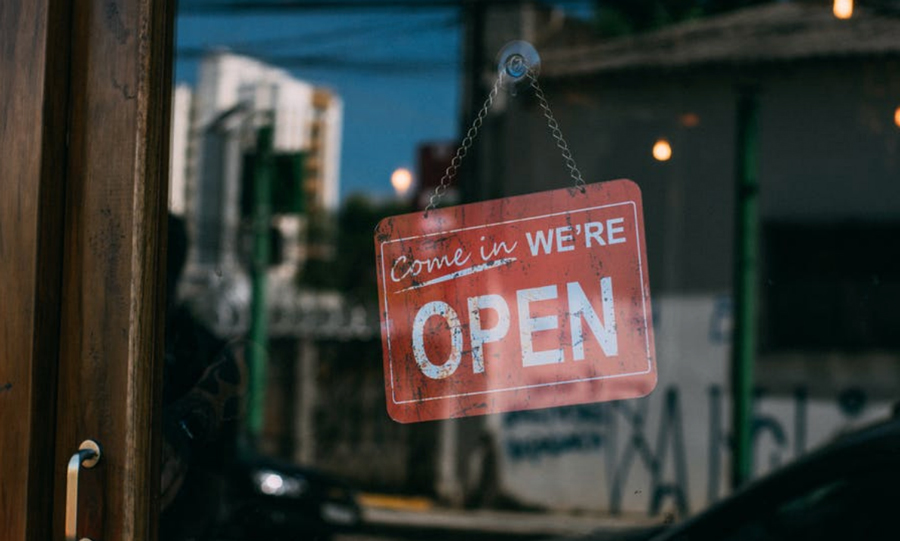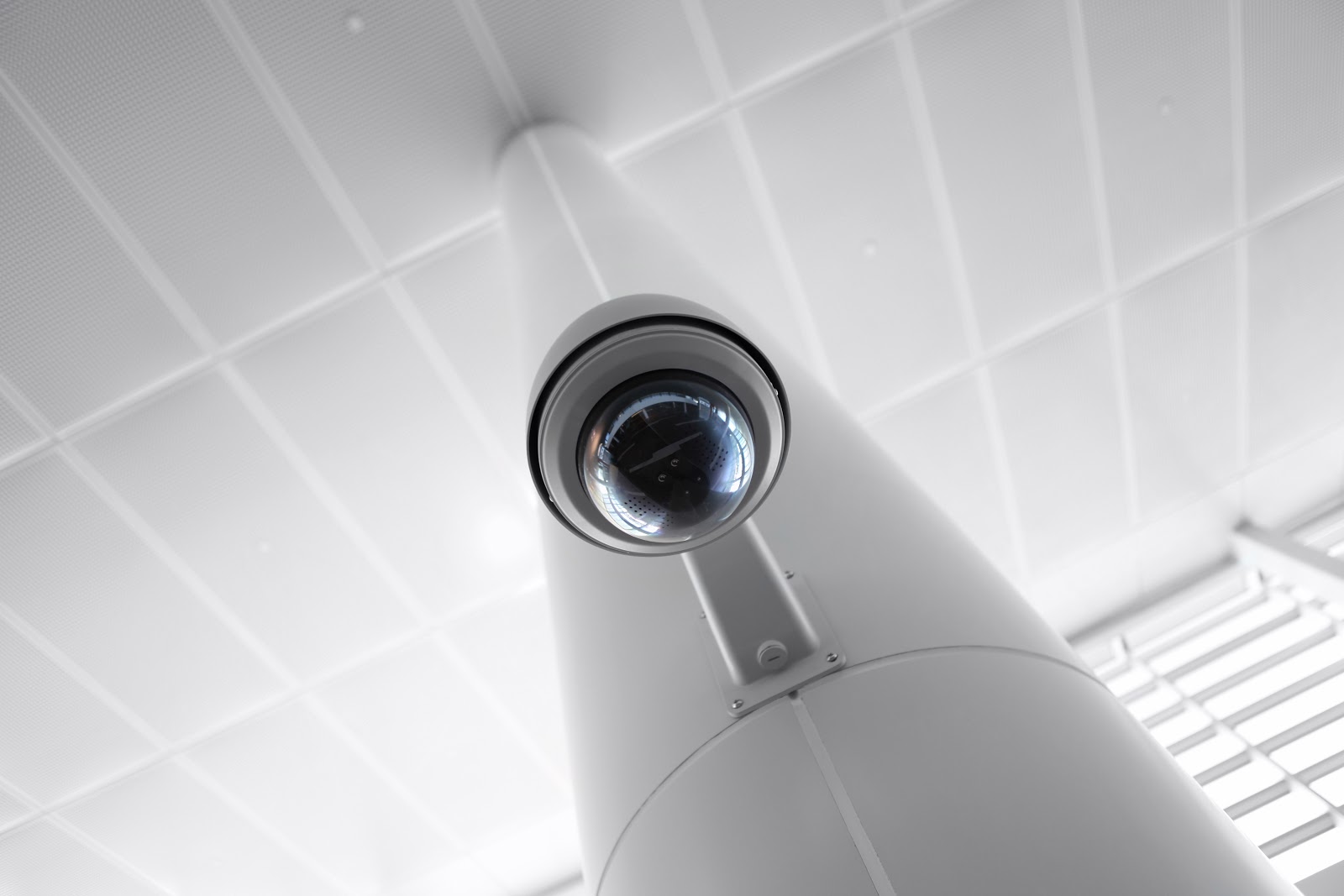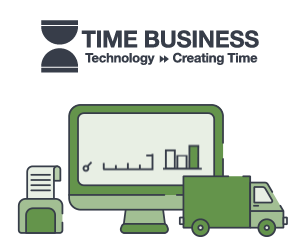While there are more than just 5 benefits of digital signage for your business, we here at Time Business wanted to start you thinking about its value, implementation, and, when you work with our team, longevity.
Why? Because shopping habits are evolving rapidly, and digital content is now one of the top determining factors of whether potential customers notice (and choose!) your business for their needs. That means digital signage is beneficial for:
- Restaurants
- Hotels and conferences
- Retail stores
- Museums
- …And so many more!
Below are some of the main ways that digital signage can help your business.
#1: Digital Signage Boosts Sales
Did you know? According to Independent Retailer, digital signage has the potential to increase sales volume by approximately 32%. That’s an immediate return-on-investment!
As one of the top 5 benefits of having digital signage for your business, this ability to boost sales can be seen across multiple industries. This is because digital signage taps into impulse buys by quickly and effectively displaying promotions, specials, limited-time offers, and other important messages at every stage of the buyer’s journey, thereby skyrocketing brand awareness and keeping your business on the forefront of your potential (and existing) customers’ minds.
#2: It Is Attention-Grabbing
Digital signage from Time Business is attention-grabbing and easily customizable.
Our customers frequently feature their digital signage:
- As video walls
- In stadiums
- Above cash points
- Around transportation hubs
- In boardrooms
Why? Because the possibilities with digital signage are endless: no matter what your needs may be, digital signage can be tailored to reflect your offer in the most attention-grabbing way available.
#3: Digital Signage is Dynamic
Although static content may be traditional for digital signage, it shouldn’t be forgotten that digital signage can be easily modified and controlled to reflect dynamic content.
A great example of this is that you can incorporate digital signage systems to quickly, easily, and accurately localize advertising to certain locations, schedule targeted advertising, manually or automatically publish new advertising, and even enjoy full screen or multi-zone multimedia advertising layouts depending on your needs.
This level of dynamism is especially helpful during important times of the year like Black Friday or annual flash sales.
#4: It Ties Into Your Social Media Marketing
As another one of the 5 benefits of digital signage for your business, the fact that it ties into your social media marketing to make your overall marketing plan cohesive and effective shouldn’t be overlooked.
In 2020, social media was said to have influenced 71% of consumer buying decisions… and that number is only forecast to skyrocket in 2021 and beyond. That means that having digital signage that complements your social media marketing will bolster new customer acquisition, can help to address customer satisfaction issues, and, most importantly, drive repeat business through up-to-date and eye-catching advertising.
#5: Digital Signage is Cost-Effective
Last but certainly not least is the fact that digital signage is cost-effective.
On top of its immediate return-on-investment for many businesses due to it being an additional revenue stream, both installation and maintenance are affordable without sacrificing quality.
Interested in getting started with digital signage for your business? We here at Time Business are backed by a service organization with over 50 years of experience and have an abundance of local technicians and representatives in your market. Contact us for your free digital signage consultation today.
